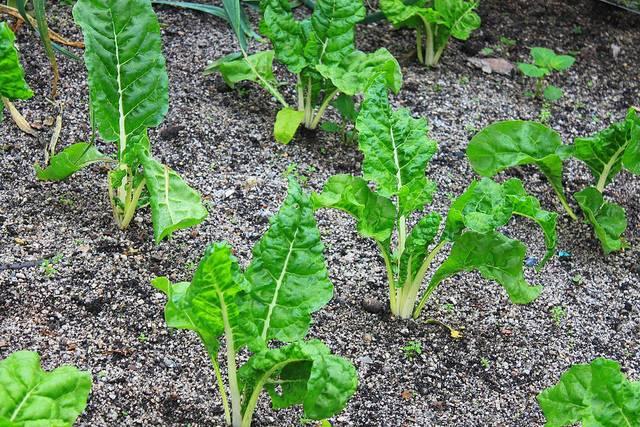
By Emily Folk
Initially launched as a sustainable effort to offset our planet’s expected food shortage, urban agriculture now stands ready to revolutionize community-based health and wellness trends.
Successful corporate enterprise has begun to incorporate current gardening trends with innovative urban farming techniques to the mutual benefit of employee well-being and bottom-line production. Edging out traditional team-building events and happiness-quotient consultants, company gardens are the new eco-friendly work-endorsed health advantage.
Studies confirm that employees who interact directly with live plants report lower stress levels and exhibit higher mental acuity. Can company gardens really protect employee health, assure efficient organizational function and help the feed the world all at the same time?
Urban ingenuity
Urban agricultural projects utilize unique systems for maintaining necessarily scaled-down versions of sustainable food growth and marketability. Settings where soil is unavailable employ hydroponic techniques. This methodology allows plants to grow efficiently in nutrient-rich water, basically eliminating the need for dirt plots and note-worthy square footage.
Vertical farming is an alternative urban agricultural trend which employs traditional soil and fertilizing technique offers a unique spin on space requirements. Vertical farming is defined as food grown within a building, one story or higher. Assuring necessary light and water requirements, vertical farm yields mirror those of traditional fresh-air crops — and they do so strictly in urban settings.
Greenhouses are also an ideal option for growing greenery all year round. Although employees may not be able to work amongst the plants this way, it will still allow employees to rejuvenate around greenery and participate in growing food. Plants exposed to over 14 hours of light also produce more yield in fewer days, and energy efficient lights, like LED lights, can reduce energy consumption and costs.
Companies that bloom
At Kohl’s Wisconsin-based corporate headquarters, a 4,000 square foot garden is incorporated seamlessly into their shared office space. Kohl’s agricultural plot is solely employee-farmed and regularly provides fresh fruit and vegetables for use in their on-site cafeteria.
Blue Cross and Blue Shield of Minnesota displays a more community-minded stance. Their “Community Giving Garden” donates produce exclusively to local food banks and shelters. In true beaurocratic form, this company has published instructions and tips in order to help others start similar projects.
Timberland’s corporate headquarters in Stratham, N.H., launched a “Victory Garden” in 2008 with just 1,000 square feet. Farmed entirely by employee volunteers, harvested flowers and produce are available for purchase to Timberland staff members. Money raised is donated out. As of 2016 a total of $15,000 has been contributed to local food banks, and the garden occupies double its original space.
Chesapeake Energy, a natural gas company, also maintains company garden sites by employee volunteers. Currently, over two acres of raised beds are planted in their Oklahoma City headquarter compound. In 2010, an unanticipated hail storm destroyed their initial crops late in the growing season. The company, collectively, chose to rally and plant a second time. Their inspiring exhibit of resilience and persistence paid off, Chesapeake was able to donate over 300 pounds of sweet potatoes and okra to the local food pantry just in time for the Holidays.
Given seeds, space and opportunity; today’s visionary business leaders unquestionably reap what they and their employees sow — and then some. Local charitable organizations, as well as our planet’s food supply, have never been in such strong, callused hands.
Emily Folk is a freelance writer in the sustainability field and covers green technology, sustainability and conservation on her blog, Conservation Folks. You can also see her latest updates via Twitter.
TriplePundit has published articles from over 1000 contributors. If you'd like to be a guest author, please get in touch!














